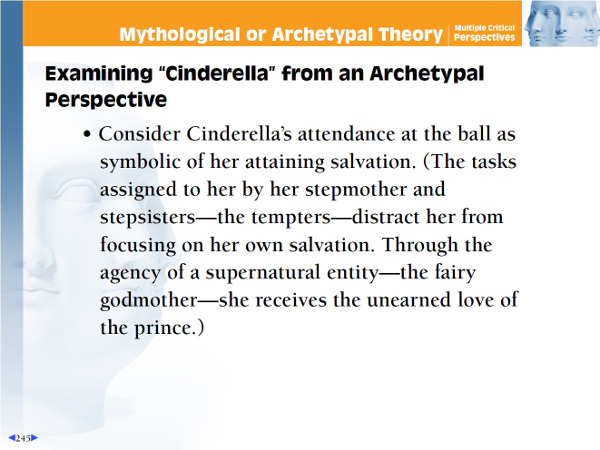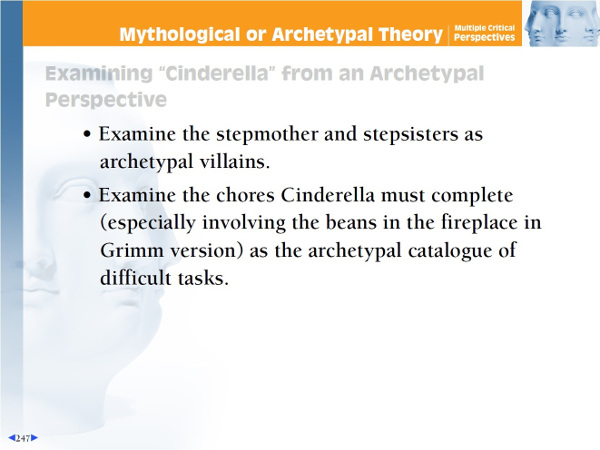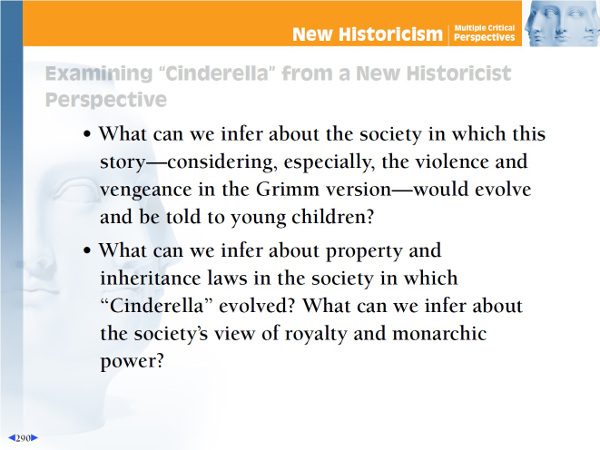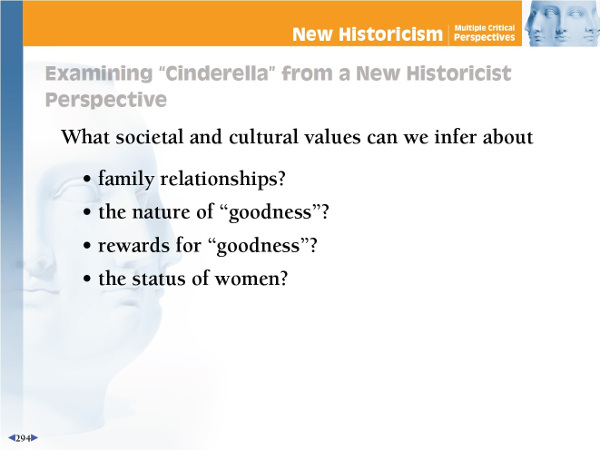Let's say you want to teach your students a different way of analyzing literature — one that's still evidence-based but also lets them apply their knowledge of a text to real-world ideas.
Teaching literary theory might just be your best option. Most students probably won't encounter much literary theory until they reach college, which is a bit of a shame since it can help students become more flexible thinkers.
If you're interested in teaching literary theory to your students, download our free introduction PDF — it's a presentation that explains the basics of literary theory, its applications and limitations, and how theory should be approached.
Literary theory can be used to examine, well, any story.
For example, have you ever wondered what a student of myths and archetypes might have to say about how Cinderella resembles the archetypal salvation story?

Or how its characters and plot structure also adhere to archetypes?

What about a New Historicist examination, in which the reader analyzes what the text says about the society in which it was written?


Now think about how these ideas could be applied to, say, Hamlet, and we have something truly interesting on our hands.
If you're not already teaching literary theory in your class, you should give it a try; it could be just the shot in the arm your students need to get excited about literature all over again.
All images, as well as the PDF, come from Introduction to Literary Theory, a Prestwick House PowerPresentation.
Multiple Critical Perspectives guides can help you teach literary theory to your students.